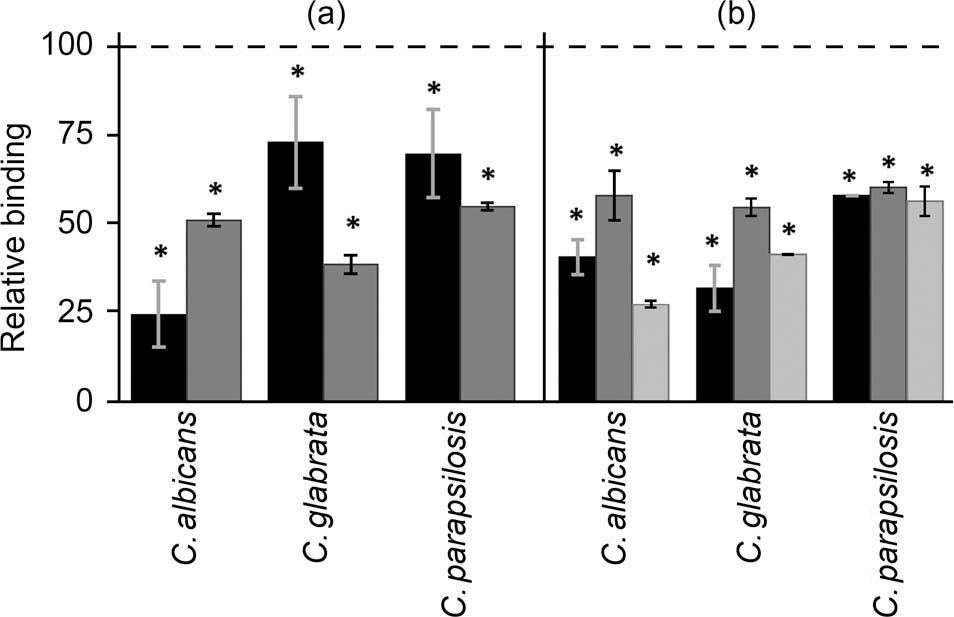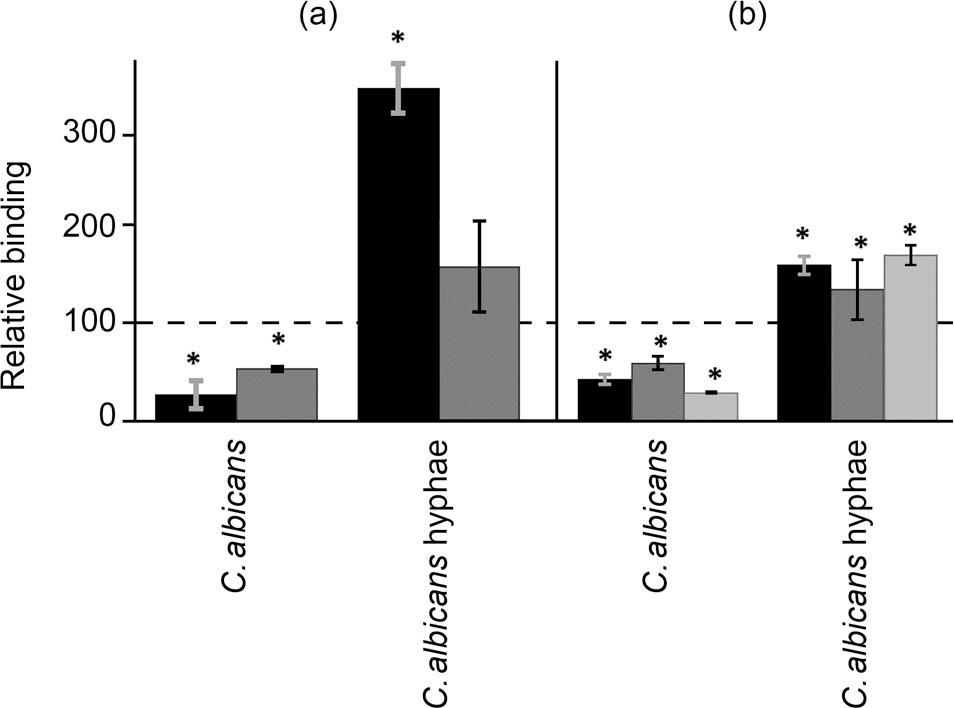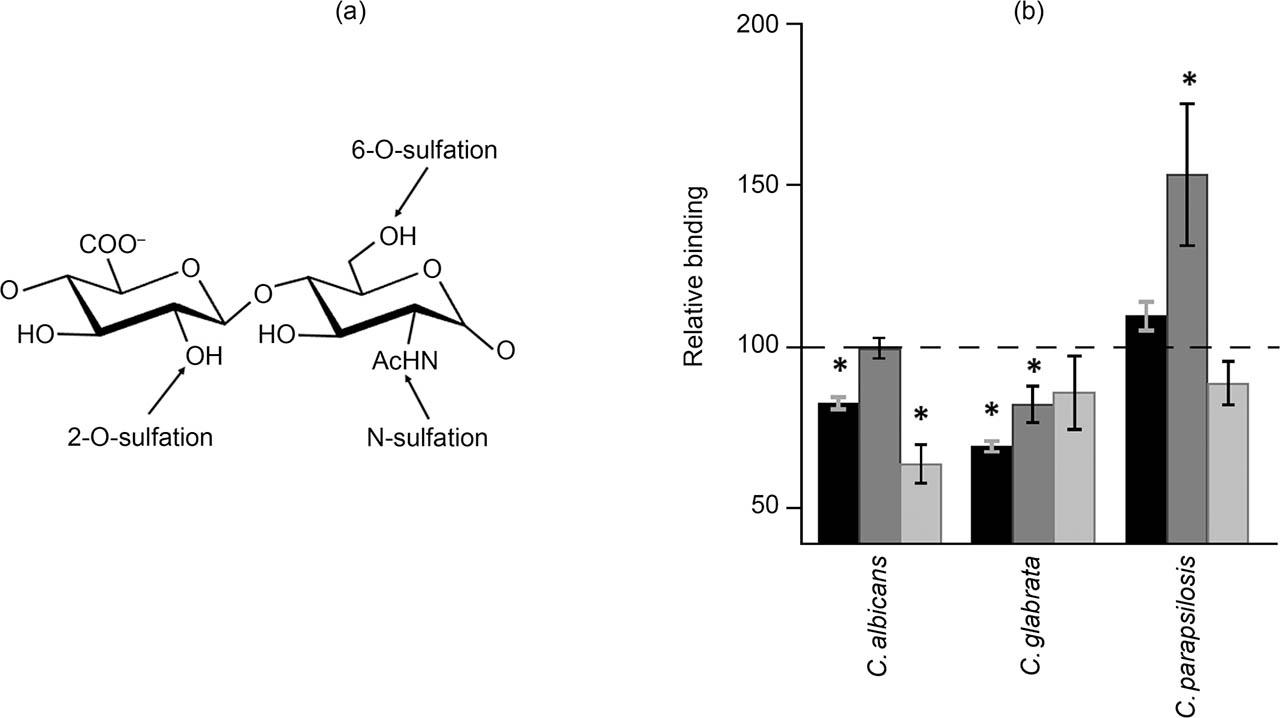Fig. 1

Fig. 2

Fig. 3

Fig. 4





© 2022 Helena Ordiales, Ignacio Alcalde, Fernando Vázquez, Jesús Merayo-Lloves, Luis M. Quirós, Carla Martín Cueto, published by Polish Society of Microbiologists
This work is licensed under the Creative Commons Attribution-NonCommercial-NoDerivatives 4.0 License.